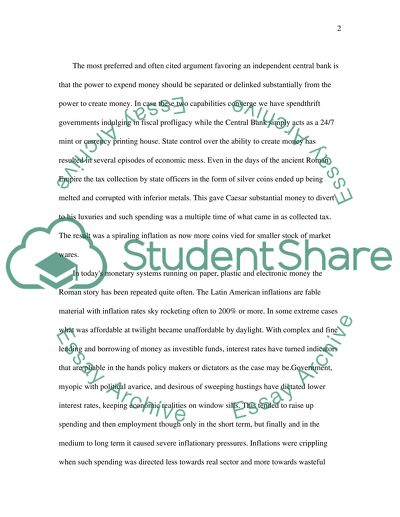Cite this document
(How to Be Independent in the Hands of Central Bank Professionals Case Study, n.d.)
How to Be Independent in the Hands of Central Bank Professionals Case Study. Retrieved from https://studentshare.org/macro-microeconomics/1536753-analyse-the-economic-arguments-of-an-independent-central-bank
How to Be Independent in the Hands of Central Bank Professionals Case Study. Retrieved from https://studentshare.org/macro-microeconomics/1536753-analyse-the-economic-arguments-of-an-independent-central-bank
(How to Be Independent in the Hands of Central Bank Professionals Case Study)
How to Be Independent in the Hands of Central Bank Professionals Case Study. https://studentshare.org/macro-microeconomics/1536753-analyse-the-economic-arguments-of-an-independent-central-bank.
How to Be Independent in the Hands of Central Bank Professionals Case Study. https://studentshare.org/macro-microeconomics/1536753-analyse-the-economic-arguments-of-an-independent-central-bank.
“How to Be Independent in the Hands of Central Bank Professionals Case Study”. https://studentshare.org/macro-microeconomics/1536753-analyse-the-economic-arguments-of-an-independent-central-bank.


